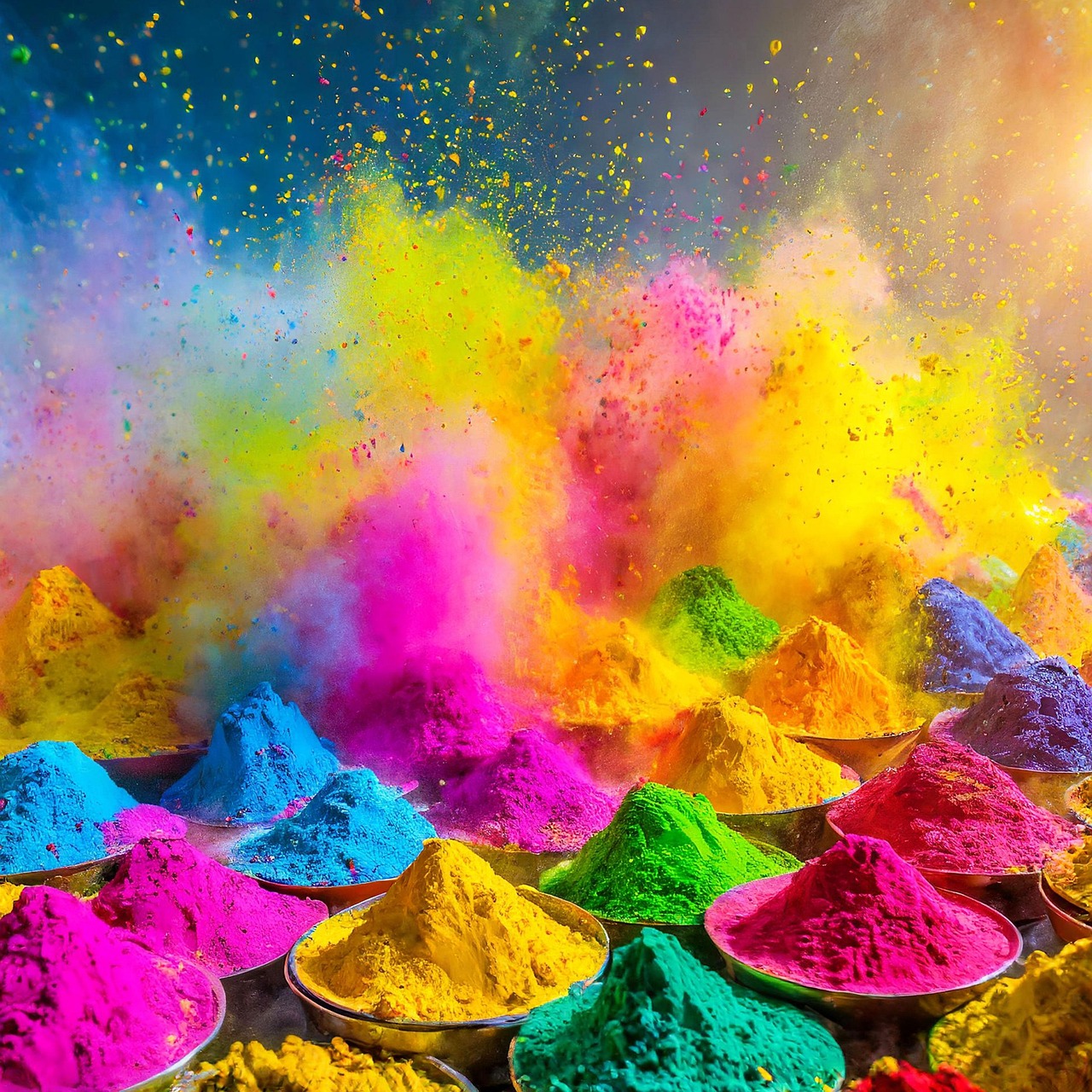Ladakh, known for its breathtaking landscapes and vibrant culture, offers a unique setting for the festival of Holi. Unlike the traditional celebrations in mainland India, Holi in Ladakh carries a distinct charm influenced by the region’s Buddhist traditions and cold desert climate. Whether you are a traveler seeking a different Holi experience or a culture enthusiast, celebrating Holi in Ladakh is an unforgettable affair. Here’s everything you need to know about this extraordinary festival in the Land of High Passes.
The Unconventional Way Ladakh Celebrates Holi
Holi in Ladakh is not as widespread as in other parts of India, primarily due to its predominant Buddhist population. However, the festival is celebrated enthusiastically by the Hindu and local communities, particularly in towns like Leh. Unlike the exuberant Holi celebrations of North India, where streets turn into a riot of colors, Holi in Ladakh is more about intimate gatherings, spiritual significance, and restrained festivities.
Local communities and Indian army personnel stationed in the region bring the festival to life. You’ll find small groups smearing colors on each other, exchanging sweets, and engaging in joyful music and dance. Due to the chilly weather, water-based celebrations are limited, and people mostly use dry colors. The festival also serves as a time for communal harmony, where locals and visitors join in to celebrate the spirit of togetherness.
Traditional Rituals and Regional Influences
While Holi is a Hindu festival, its celebration in Ladakh takes on a regional character influenced by the area’s customs. The festival starts with Holika Dahan, where a bonfire is lit to symbolize the victory of good over evil. This ritual, though not as grand as in other states, is performed in local temples or open spaces, where devotees gather for prayers.
Another fascinating aspect is how the festival merges with Buddhist traditions. Many Ladakhi Buddhists observe the spirit of Holi by practicing compassion and generosity, aligning with the teachings of their faith. Monasteries often conduct special prayers for prosperity and well-being during this time. The serene atmosphere of Ladakh adds a meditative touch to the festival, making it a soul-enriching experience for those who seek both celebration and spiritual fulfillment.
Holi With the Indian Army: A Special Celebration
One of the most heartfelt aspects of Holi in Ladakh is how the Indian Army personnel celebrate the festival. Since Ladakh has a significant military presence due to its strategic location, many soldiers are stationed far from their families during festivals. Holi becomes an occasion for camaraderie and brotherhood among them.
The army organizes small gatherings where soldiers apply colors to one another, enjoy traditional sweets like gujiya and jalebi, and share laughter and music. Civilians, especially tourists, are often welcomed to join these celebrations, providing a unique chance to experience the festival with India’s brave defenders. It’s a moment of joy and patriotism, showcasing the resilience and spirit of the armed forces even in harsh terrains.
Best Places to Celebrate Holi in Ladakh
If you’re planning to celebrate Holi in Ladakh, some of the best places to witness and partake in the festivities include Leh, Kargil, and the monasteries around the region. Leh, being the largest town, sees the most lively celebrations with locals, tourists, and the military coming together for the festival.
Kargil, with its mixed population of Hindus, Buddhists, and Muslims, also embraces the festival with warm hospitality. While the celebrations may be subtle compared to cities like Delhi or Varanasi, the cultural richness of Ladakh adds a unique dimension to Holi. Additionally, visiting monasteries around Holi allows you to experience a spiritual perspective, as monks chant prayers and bless visitors with positive energy.
Travel Tips for Experiencing Holi in Ladakh
If you plan to celebrate Holi in Ladakh, there are a few things to keep in mind. Since March marks the end of winter, temperatures can still be extremely cold, so pack warm clothing. The use of water is minimal due to the climate, so expect dry color celebrations rather than traditional water fights.
Respect local customs and traditions when participating in the festival. Ladakh is home to a deeply spiritual and environmentally conscious population, so it’s best to use organic colors and avoid excessive waste. Additionally, given Ladakh’s high altitude, acclimatization is essential—arrive a few days early to adjust to the thin air before indulging in celebrations.
Conclusion
Holi in Ladakh is an experience like no other. The serene landscapes, cultural fusion, and warm hospitality of the people make it an enriching and memorable event. Whether you celebrate with the locals in Leh, join the army personnel, or simply soak in the peaceful vibes of the monasteries, Holi in Ladakh is a festival of colors, unity, and joy, set against one of the most stunning backdrops in the world.




